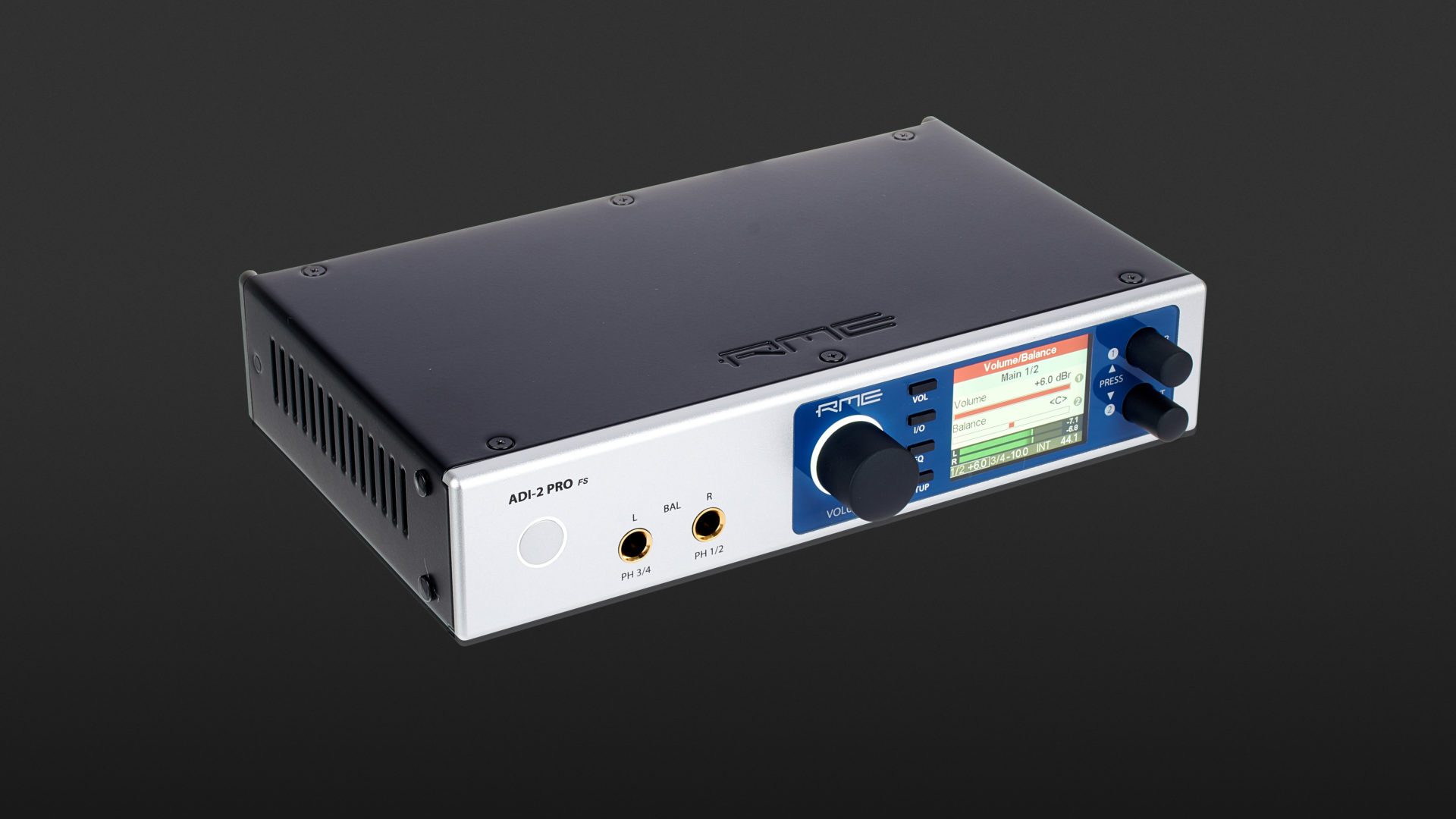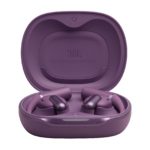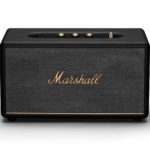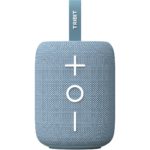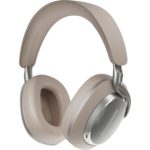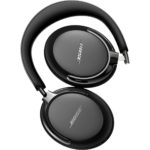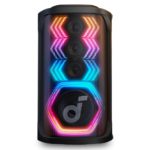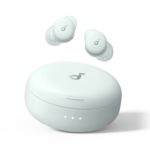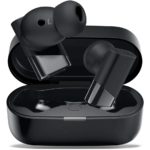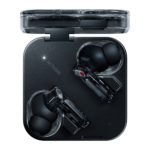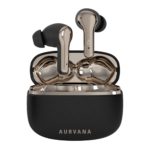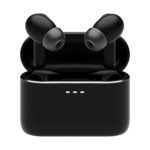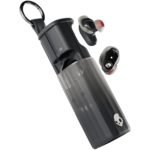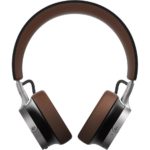RME’s ADI-2 Pro FS is dedicated to conversion at the highest level. It therefore deserves a recommendation for sound engineering work where a central, high-quality transducer is to be used as a sound reference. It also scores convincingly with audiophile music lovers who are looking for a DA-converter of the highest quality that can effortlessly handle high-resolution audio material and DSD.
It also turns out to be a formidable, well-equipped, double headphone amplifier with reference qualities. The high level of functionality should be rated quite positively, but a puristic concept will not be addressed because – due to the integrated signal processor – you can really get going here. That’s why I’ve used the ADI-2 Pro FS to compare wired headphones for quite some time. As expected, the price for the technical and sonic full control is not cheap, but I consider it totally reasonable at about 1,599 Euros. Only the cable whip could do with a bit of aesthetic improvement.
Since 1996, RME has been one of the leading manufacturers in the field of sound studio technology and audio interfaces. The silver-coloured model ADI-2 Pro FS and the limited special edition in black (ADI-2 Pro BE) are the central two-channel analogue-to-digital analogue converters for both recording studios and audiophiles who value the highest possible sound quality, over loudspeakers and headphones.
As the successor of the ADI-2 Pro, this robust and straightforward compact unit (9.5″/1U) offers further improved technical features and explicitly emphasises a powerful, flexible headphone section that is independently configurable. The ADI-2 Pro FS is not only an audiophile headphone amplifier in a class of its own, but is also a device that is virtually indispensable for test comparisons of wired headphones.
Interfaces
On the input side, signals can be supplied via balanced and unbalanced XLR jack stereo inputs (with a switchable reference level) or, on the digital level, via USB 2.0, a Toslink socket (S/PDIF, Adat), Cinch (S/PDIF coaxial) or XLR (AES3). The conversion is carried out with up to 24 bits and 786 kHz or as DSD (up to DSD256), and an input-side, sound-neutral sampling rate conversion is switchable. The fact that some options are not available at sampling frequencies above 192 kHz and in DSD mode just has to be tolerated. These highest sampling frequencies can also only be achieved via the analogue interfaces and USB.
The ADI-2 Pro FS, (which is operated via an external, lockable power supply) can be used cross-platform on the computer with the usual speed and stability. Separate drivers are not required and it can even be configured for six possible inputs and eight outputs (usable up to 192 kHz).
On the output side, the test device offers balanced XLR outputs with adjustable reference levels, parallel unbalanced jack outputs, and the aforementioned digital interfaces. With the exception of the optical inputs and outputs and the USB socket, all digital interfaces are connected via a supplied cable whip. This does not necessarily look pretty, but certainly saves space.
The headphone section is double (6.3 mm, front). It offers a duplicate stereo output as well as an independent second output.
ADVERTISEMENT
Technology
In the ADI-2 Pro FS, RME relies on a more powerful version of its in-house relayed, high-power headphone outputs (Extreme Power). Up to 1.5 watts (approx. 260 mA) are provided per channel, providing a maximum level of 22 dBu, meaning that there will never be complaints about low-level reserves, no matter which model you’re using. By the way, this performance also makes sense as a reserve when playing music material with an explicitly high low bass content. At the same time, the maximum current output is limited to protect the power supply and headphones. The amplifiers were designed with the aim of minimising distortion during practical use – regardless of the level setting. According to the manufacturer, even at maximum levels, distortion can only be measured at -110 dB. The frequency response is straight-line between 0 and 80,000 Hz and, in combination with the latest converters (A/D: AKM AK5574; D/A 2 x AK4490), balanced output stages and explicitly low output noise (120 dBA), it fully meets the requirements of first-class, sound- and level-neutral monitoring amplifiers.
One of the design specifications was that the headphone amplifiers should be able to provide the necessary power for models with different impedances.
The output impedance is 0.1 ohms. Different modes (Low Power/High Power) ensure appropriate matching – from the in-ear monitor to the high-impedance dynamic model. As you would expect, special cases, such as electrostats are excluded.
Another special feature is the possibility of using both headphone outputs in sound-optimised balanced operation. This requires appropriate headphones with separate cabling for the left and right channels. Technically, you are rewarded with an improved signal-to-noise ratio (123 dBA) and maximum output level (28 dBu).
Operation
The ADI-2 Pro FS is controlled with a coherent concept via a high-resolution colour display, four range buttons (volume, I/O, EQ and setup) and three rasterized push encoders. The plain text display of the individual parameters is convincing. Even a real frequency response analyser with 30 bands is available, which not only looks good but also provides valuable information.
Due to numerous and often interface-independent options, a short phase of familiarisation will be inevitable, but this is covered by comprehensive documentation. However, once the device has been set up, the relevant adjustments are made in a linear fashion. The larger encoder is usually used for volume control, which is generously shown on the display, while the two smaller encoders can be used for quick sound adjustment (bass/treble). Nevertheless, a software control would be a welcome addition, especially a smartphone level control, for pure musical enjoyment. At this point, it is worth mentioning the pure DA-converter ADI-2 DAC, which comes with a remote control and explicitly addresses audiophile music listeners’ needs.
Comfort
The headphone jacks are equipped with sensor contacts. Newly inserted headphones are automatically muted and slowly raised to the last level, neatly avoiding the problem of unwelcome surprises. Indeed, it makes perfect sense for the large encoder to automatically control the correct headphone output.
Each output section (and input) of the ADI-2 Pro FS has its own five-band parametric equaliser with 20 nameable slots. If you are a lover of complete neutrality, the (digital) circuit can be deactivated; on the other hand, the ability to impose such delicate, channel-separated sound control makes it possible for you to compensate for constructive or space-related deficits in sound.
It is important to remember that every human ear varies and these differences in shapes and sizes will have an influence on the sound experience. This means that, again, equalisation can be useful, and this applies even more to those whose hearing has degraded through age or after years of noisy music consumption. But there is nothing to stop you from adapting the sound to your own taste. After all, countless headphones are equipped with a bass boost, which you could definitely counteract if you wanted. Taste adjustments are even easier with the additional bass and treble controls (±6 dB), and these controls are also adjustable in frequency and quality.
The loudness control, which is also available as a supplement, goes in a similar direction and will be a familiar sight from Hi-Fi amplifiers. In principle, this circuit compensates frequency sensitivities of our hearing at different volumes (Fletcher-Munson curves), so a quiet music reproduction is “spiced up” by an increase of bass and treble. However, what is usually limited to one button can be properly adjusted here: The user can set a reference point for neutral playback and determine the intensity with which bass and treble are varied at lower volumes.
Crossfeed
Another interesting feature is dedicated to the different sound experiences offered by loudspeakers and headphones. The more precise and intense stereo image of the headphones can’t really be achieved with loudspeakers due to the effects of the room and the unavoidable and simultaneous arrival of the sound on both ears. Since speakers are the reference in sound production, the sound impression of a headset is often not very representative. Here, the five-step crossfeed parameter tries its hand at a simulated loudspeaker reproduction, and actually has quite acceptable results.
Sound
At this point, it is worth taking this opportunity to heap lavish praise on RME. Technically, the ADI-2 Pro FS works at a very high level. From the converters to the analogue driver stages, and the timing to the headphone amplifiers, the reproduction is flawless, emphasising detail and clarity. Accordingly, it is better not to get lost in descriptions of exemplary neutrality at top class level as the ADI-2 Pro FS does its job extremely reliably and without noticeable sound colouration (with neutral tone control). Frankly, there is no need to get involved in a blind comparison with competitors of comparable quality as RME definitely heads the pack with outstanding equipment. Those who want to hear the grass grow should enjoy the four or five switchable filter settings of the AD/DA converters, while others can enjoy the tools for sound shaping.
Comparison Tool
The comparison of two headphones is always problematic due to the short sonic memory of our brain; the re-connection of two devices to one socket with possible level adjustment takes too much time for objective comparisons to be made. However, the double headphone amplifier with independent level controls (and balance controls) in the ADI-2 Pro FS offers a tangible advantage.
For comparative purposes, only the change of the headphones is necessary with the ADI-2 Pro FS. Incidentally, when making such comparisons, the tone control also turns out to be useful. Two devices can be tonally matched in order to focus on the differences in detail reproduction; similarly, an equaliser is also helpful when assessing specific frequencies. Particularly in the low bass range, any membrane distortions can be quickly detected by means of corresponding increases.
Technical specifications
- TypeAmplifier / converter
What's in the box
- Cable whip for AES/EBU and SPDIF coax
- external lockable power supply unit
- incl. manual
Special features
- High-end AD/DA converter
- 2-way headphone amplifier
- USB DAC
- AD/DA frontend and headphone amplifier for iPad / iPhone
- Multi-format converter (AES, SPDIF, ADAT) with monitoring function
- DSD recording and playback converter
- AD/DA frontend for audio measurements with up to 768 kHz sample rate
- Ports:
- 2 x analog in / 4 x analog out
- XLR (bal.) and TS (unbalanced) outputs
- ADAT or SPDIF I/O optical
- USB 2.0
- AES and SPDIF coaxial
- 2 Extreme Power Headphone Outputs
- All infos can be found here: rme-audio.de/adi_2-pro







